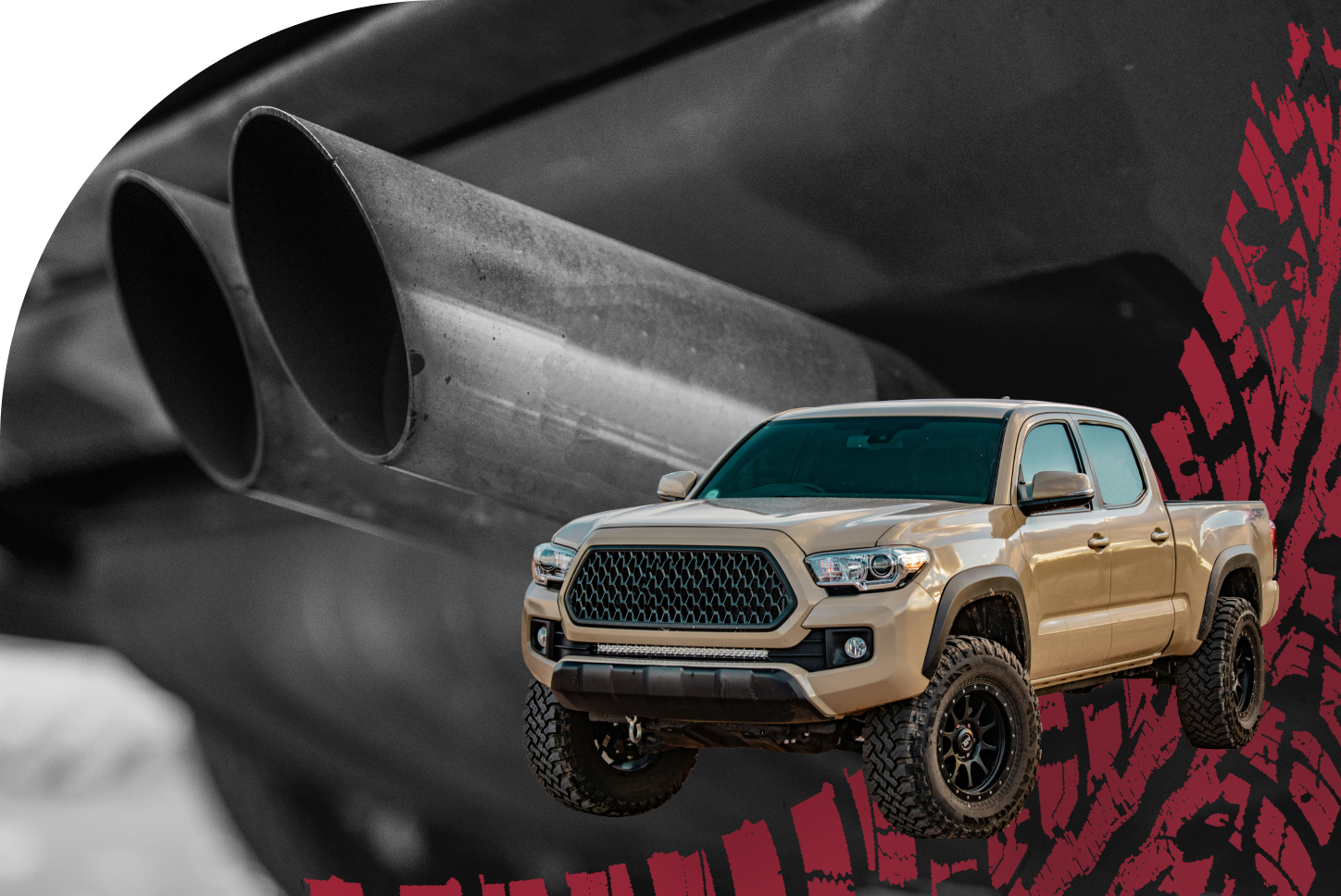If your Chevrolet Silverado or GMC Sierra with a Duramax diesel is showing check engine lights (P0401, P0404), suffering from reduced fuel economy, or blowing excessive white smoke, a failing EGR (Exhaust Gas Recirculation) valve could be the culprit.
Dealerships charge $500+ for this repair, but with the right tools and our stepbystep guide, you can replace it yourself in under 2 hours and keep that money in your pocket.
Why Does the Duramax EGR Valve Fail?
The EGR valve recirculates exhaust gases to reduce emissions, but over time, carbon buildup, coolant leaks (in 2011+ LML models), or electrical failures cause it to stick or malfunction. Common symptoms include:
- Check Engine Light (P0401 – Insufficient Flow, P0404 – Stuck Open)
- Rough Idle or Stalling
- Loss of Power Under Load
- White/Gray Exhaust Smoke
Tools You’ll Need for the Job
Before starting, gather these essential tools to make the job smooth:
Basic Hand Tools
- 3/8” Ratchet & Extensions (6” and 12” recommended)
- 8mm, 10mm, 13mm Sockets (EGR bolts vary by year)
- Torx T20 & T30 Bits (for electrical connectors)
- Flathead & Phillips Screwdrivers
- NeedleNose Pliers (for hose clamps)
Specialized Tools
- EGR Valve Socket (GMspecific 36mm deep socket for LLY/LBZ engines)
- Torque Wrench (for proper bolt tightening)
- Coolant Catch Pan (if your model has coolant lines)
- OBD2 Scanner (to clear codes after replacement)
Cleaning & Prep Supplies
- EGR & Throttle Body Cleaner (to remove carbon)
- New EGR Gasket (never reuse the old one!)
- Dielectric Grease (for electrical connections)
- Rags & Brake Cleaner (for mess cleanup)
StepbyStep EGR Valve Replacement (LLY/LBZ/LMM/LML Models)
Step 1: Safety First
- Disconnect the battery (negative terminal)
- Allow engine to cool (hot EGR valves can cause burns)
- Relieve fuel system pressure (if working near fuel lines)
Step 2: Locate & Remove the EGR Valve
LLY/LBZ (2004-2007):
- Found on the driver’s side, near the turbo
- Requires a 36mm deep socket to remove
LMM (2007-2010) & LML (2011-2016):
Mounted on the intake manifold
Coolant lines may need draining (have a pan ready)
- Unplug the electrical connector (use a flathead to release the clip)
- Remove vacuum lines (label them for reinstallation)
- Unbolt the EGR valve (usually 4 bolts, 8mm or 10mm)
- Gently pry it loose (carbon may stick it in place)
Step 3: Clean the Mounting Surface
- Scrape off old gasket material (avoid scratching the surface)
- Spray throttle body cleaner to remove carbon deposits
- Inspect the intake for excessive soot (may indicate a clogged EGR cooler)
Step 4: Install the New EGR Valve
- Apply a new gasket (do NOT reuse the old one)
- Handtighten bolts first, then torque to 1822 ftlbs
- Reconnect electrical & vacuum lines
- Refill coolant (if applicable)
Step 5: Reset the ECU & Test Drive
- Reconnect the battery
- Use an OBD2 scanner to clear codes
- Start the engine & check for leaks
- Test drive to ensure proper operation
- Pro Tips to Avoid Common Mistakes
- Don’t overtighten bolts – Aluminum threads strip easily!
- Never skip the new gasket – Leaks cause performance issues
- Forget to clean the intake? – Carbon buildup will ruin your new valve
- Skip the code reset? – The CEL may stay on without a scanner
Maintenance Recommendations
- Annual EGR system inspection (every 15k miles)
- Biannual coolant pH testing
- Use of lowash CJ4/CK4 engine oil
- Consider upgraded EGR delete kits for offroad applications (where permitted)
Need a Reliable Replacement EGR Valve?
- At IFJF, we stock EGR valves for all Duramax engines:
- Built to resist carbon buildup
- Includes new gaskets & hardware
Final Thoughts
Replacing your Duramax EGR valve is a straightforward DIY job that saves you hundreds in labor costs. With the right tools and our guide, you’ll have your truck running smoothly in no time.
Got questions? —contact us today!




